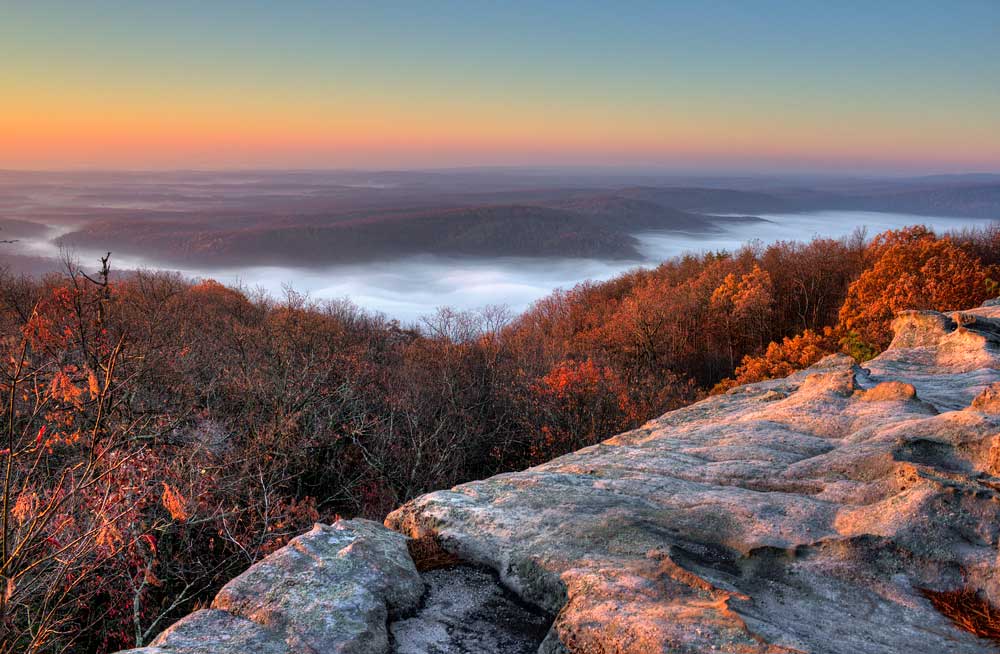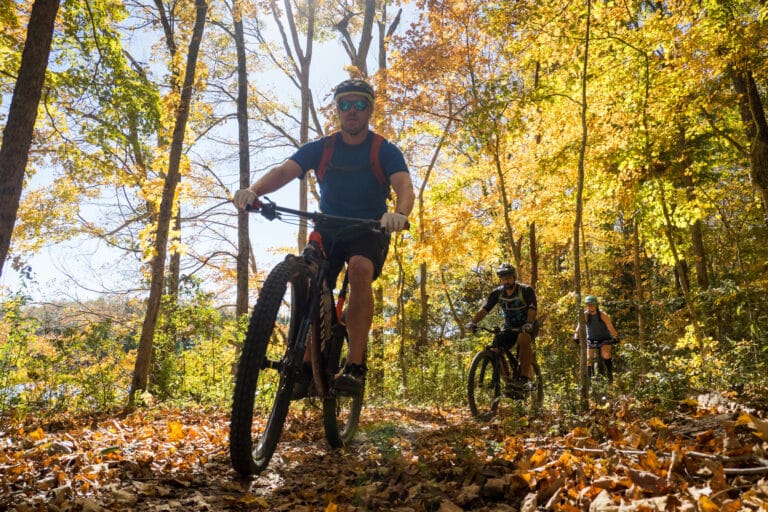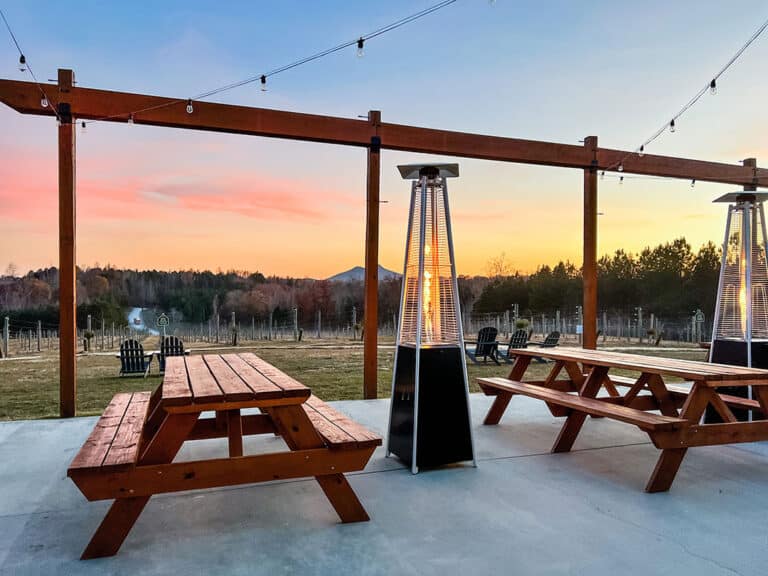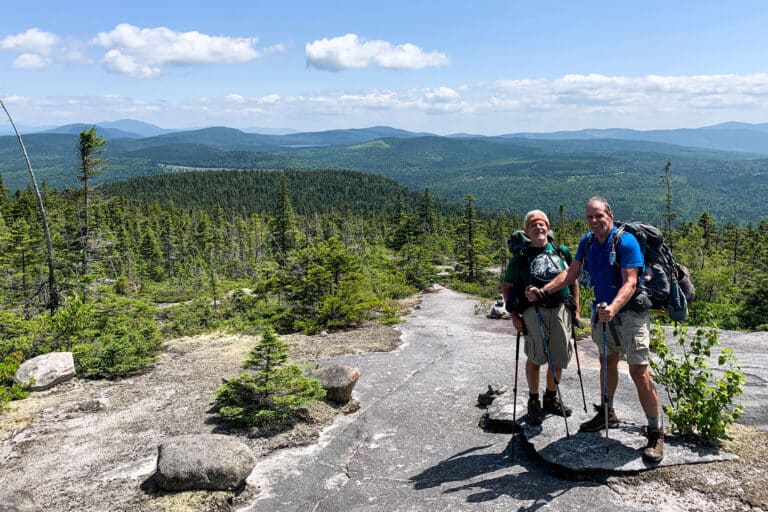Black Mountain, the segment just south of Lonestar near Justin P. Wilson Cumberland State Park area – photo by Chuck Sutherland
Tennessee Gov. Bill Lee and the Tennessee Department of Environment and Conservation (TDEC), in partnership with The Conservation Fund, TennGreen, the National Park Service and the U.S. Fish and Wildlife Service, announced on Monday the addition of 6,229 acres to the Justin P. Wilson Cumberland Trail State Park.
In a TDEC press release, the organization stated that the land, known as the Lone Star property, will support wildlife habitat and native ecology and will be a critical connecting point for the Cumberland Trail, Tennessee’s first “linear park,” which runs through 11 counties and two time zones. The land will be used to develop a significant segment of the Cumberland Trail, eventually connecting Ozone Falls State Natural Area to existing state-owned land.
When completed, the Cumberland Trail will extend more than 300 miles from Cumberland Gap National Historic Park to is southern terminus at the Chickamauga & Chattanooga National Military Park just outside Chattanooga.
“This is one of our most distinguished state parks, and this acquisition will only add to the park’s prestige,” TDEC Commissioner David Salyers said in a release. “We are grateful to our partners for helping us expand the reach of this park, and we know Tennesseans will enjoy the benefits of this addition.”
The effort to conserve the Lone Star Property received tremendous support from the local community, including a generous grant from the Cumberland Trails Conference and a major fundraising effort led by TennGreen that secured donations from hundreds of individuals totaling roughly $160,000.
“For people and nature to thrive, habitats need to be protected, enhanced, and restored,” Steve Law, executive director of TennGreen, said. “Our forests and lands along streams on the Cumberland Plateau are critical to conserve because they provide essential habitat to a wide range of wildlife, fish, and plant species. We’re grateful to our partners and our fellow conservationists for making this decade-long dream a reality.”







